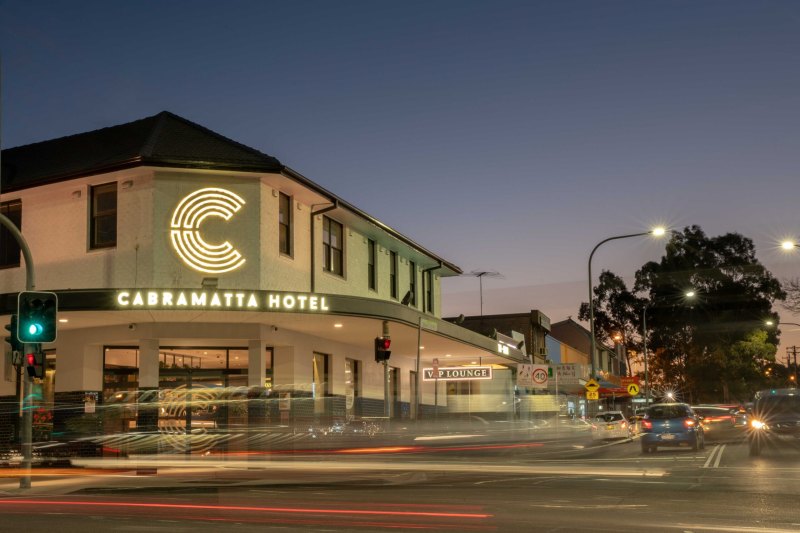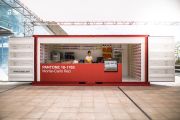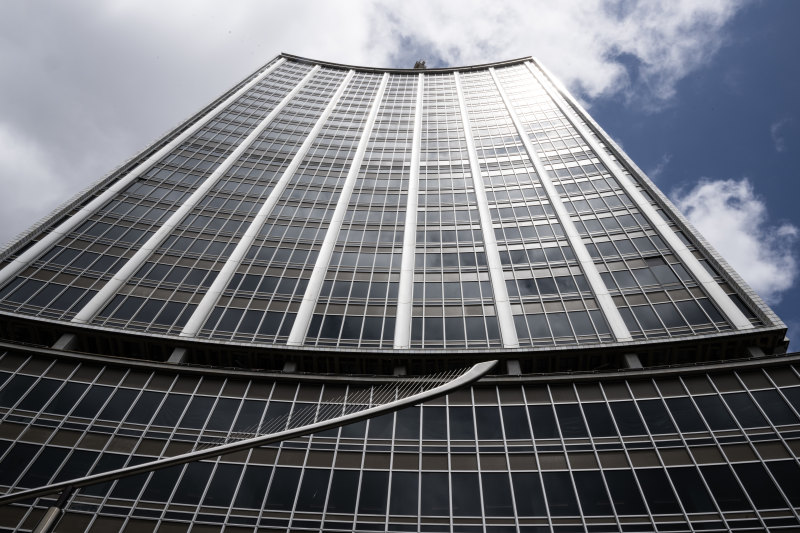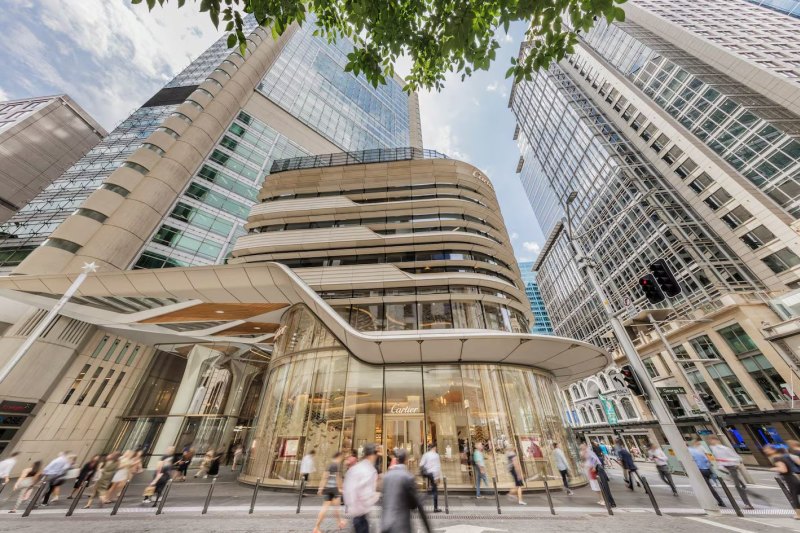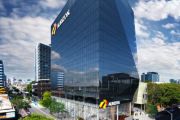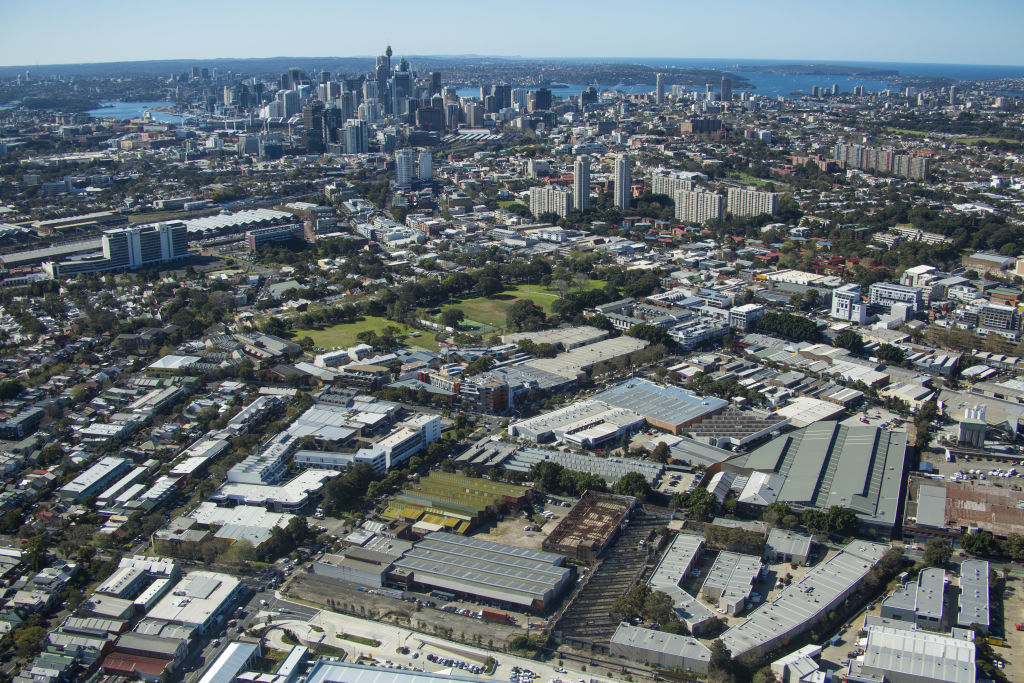
Shortage of small industrial sites in Sydney 'a serious impediment'
Continuing demand for a dwindling supply of small industrial sites in Sydney will increase pressure on rents and land values, according to experts.
The shortage of small industrial sites has been a serious impediment in the sector for a number of years, according to CBRE industrial & logistics, advisory & transactions associate director John Micallef.
And the situation was not something that was likely to change anytime soon.
“This issue is becoming more and more serious as we see supply diminish due to sites recently rezoned being developed,” Mr Micallef said.
“Governments are quick to repurpose industrial land for residential and commercial uses, but the supply removed from the market is not being replenished elsewhere.”
Demand for industrial space was predominantly being driven by consumer demand for products and, with a growing population, this would continue into the future, he said.
The undersupply, especially in the city’s outer western region, had caused rents to increase and land values to grow by an average of 23 per cent a year over the past three years.
Mr Micallef said the high cost of land had made it financially impossible for many small businesses to buy or build their own warehouses.
“The rising cost of land also affects the value of completed buildings – we have seen capital values double in many areas of Sydney within the past five years,” he said.
“Rents have increased sharply for small buildings due to the limited supply.
“However, the increase in rents has not been as aggressive as land values, which makes it hard for developers to feasibly develop sites for small industrial users to lease.”
In Sydney’s northwest, rents have increased from $115 to $135 a square metre in the four years to 2019, according to CBRE industrial & logistics manager Matthew Alessi.
CBRE industrial & logistics, advisory & transaction services, associate director Nick Zenonos said the South Sydney, northern and port precincts had also experienced significant rental growth over the same time.
“The biggest differences have been noted within the northern precinct where the land zoning may have a higher and better use under the LEP, and the land tax has driven outgoings higher,” he said.
“In Alexandria, a unit estate in 2015-2016 was leasing for $160 per square metre net, and the outgoings were $41 per square metre.
“Now rents within the same location are north of $230 per square metre and outgoings are $60 per square metre, based on circa 1500 square metres within a B6 enterprise corridor zoning.”
JLL head of industrial western Sydney Peter Blade said shortages of sub-5000-square-metre industrial facilities had been driven by gentrification that was pushing tenants into space in greater western Sydney.
He said the shortages were most acute in established industrial precincts in south Sydney as well as the inner-western and northern suburbs due, in part, to the lack of vacant land as well as occurrences of substantial rezoning.
He said the supply of developable land had dropped 36 per cent between 2010 and the end of 2019.
“The lack of available developable land across Sydney has contributed to a fall in the development pipeline throughout 2019 to 2021,” Mr Blade said.
“As a result, vacancy has remained at a relatively low rate of 2.6 per cent, recorded in the fourth quarter of 2019, and the industrial property market witnessed higher rates per square metre achieved due to the nature of tenants’ competitive tension.”
Ray White Commercial head of research Vanessa Rader said industrial land in locations such as south Sydney and western Sydney were now as valuable as residential development sites.
There had also been a concerted push to amalgamate multiple small sites into larger employment districts to cater for the growing need for logistics and distribution that have larger footprints, she said.
“Industrial land is defined by zoning and this doesn’t grow, so it’s only a matter of time in which our land supply will dwindle,” Ms Rader said.
She said the west was a popular industrial location because of its relative affordability, access to workers, as well as to road and rail nodes that allowed the distribution of goods and services.
Mr Micallef said since the onset of the coronavirus pandemic a number of industries had experienced minimal impact and in some cases increased revenues, including food and pharmaceutical, supermarkets, freight and distribution, and manufacturing.
“There is a push to bring more manufacturing back to Australia, so this could have positive long-term impacts on the manufacturing industry,” Mr Micallef said.
“The ‘just-in-time’ supply chain approach that has worked so well is being questioned, as businesses were left without product to sell due to holding minimal stock.
“As a result, businesses may look to hold more stock reserves locally, which would increase demand for warehouse space.”

